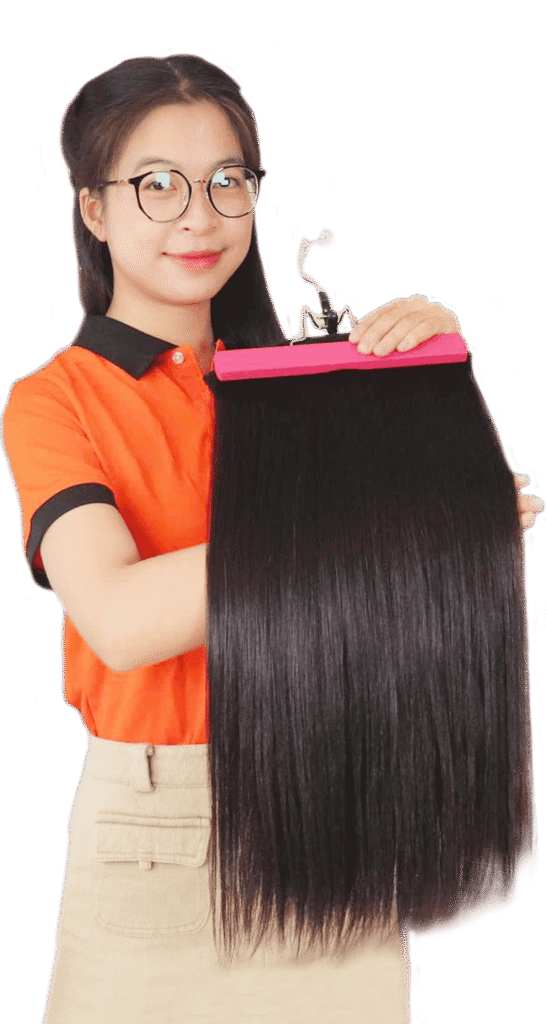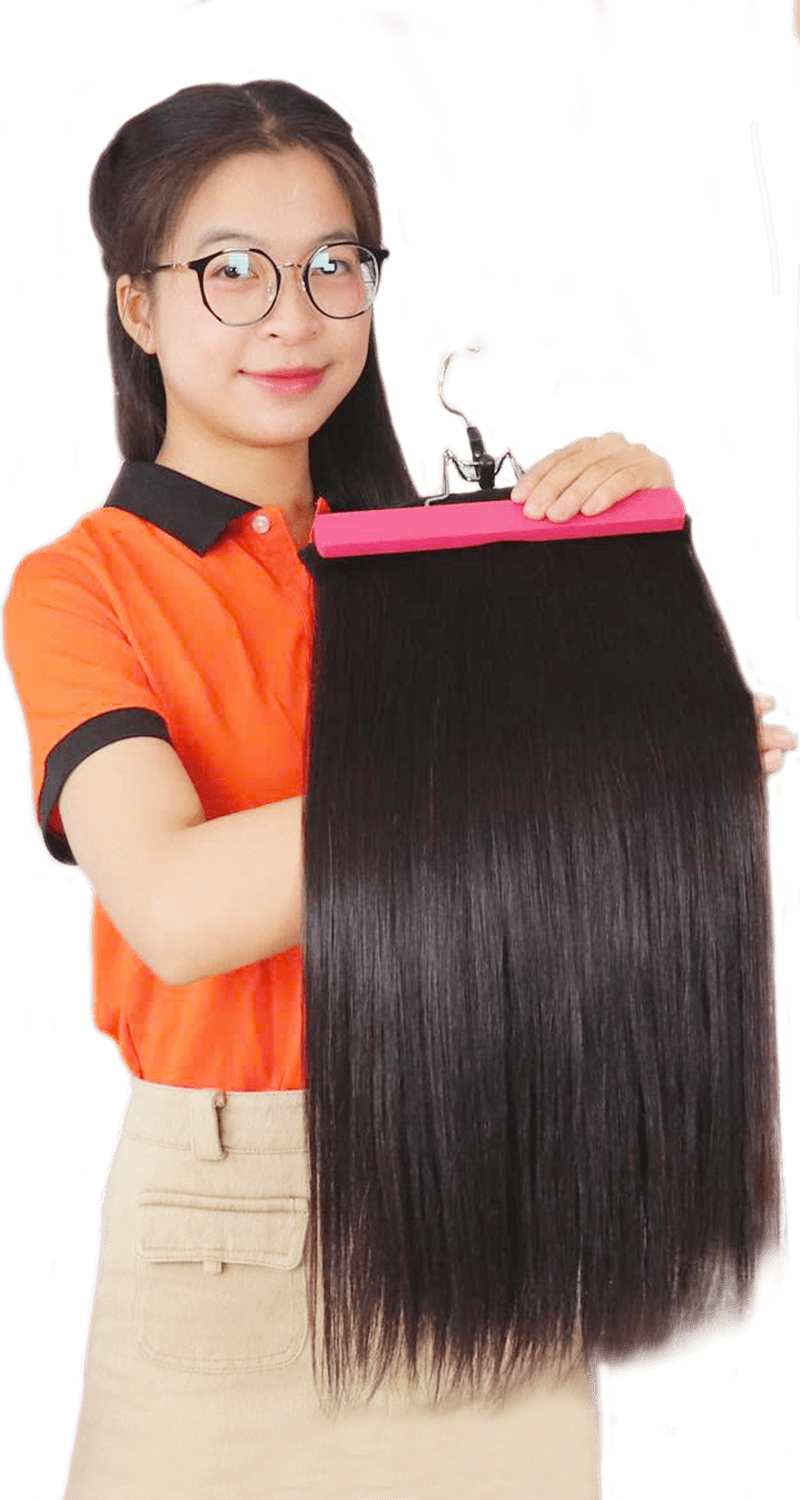Beautiful, healthy hair is a crowning glory we all desire. However, one common challenge that can turn this dream into a nightmare is tangled hair. Dealing with knots and tangles can be frustrating, and if not handled properly, it can lead to hair breakage and damage. The good news is that there are numerous techniques you can employ to detangle your hair without causing harm. In this blog, we will explore 4 effective ways to tackle those stubborn tangles and achieve smooth, luscious locks. Say goodbye to hair damage and hello to hassle-free detangling methods that will leave your hair looking and feeling fabulous. Let’s dive in and discover the secrets to effortless detangling!
I. What Things Make Your Hair Tangle?
Tangles in hair can be caused by a variety of factors. Tangles are caused when the outer layer of your hair (cuticle) is damaged and opens up. The open cuticles block each other and form knots. Basically, a hair knot forms when two single strands of hair wrap around each other to become intertwined. Therefore, understanding the root causes of tangles is essential in effectively addressing the issue and preventing further damage. It is not surprising to know that all these factors can contribute to hair tangling:

- Neglected Maintenance: Failing to properly care for your hair can lead to tangles. Lack of regular brushing, washing, and conditioning can allow knots to form and accumulate over time.
- Dryness & Lack of Moisture: Dry and dehydrated hair is more prone to tangling. When the hair lacks moisture, the cuticles become rough and cling together, resulting in tangles and knots.
- Environmental Factors: Exposure to harsh weather conditions, such as strong winds, extreme humidity, or excessive sun exposure, can contribute to tangled hair.
- Friction & Rubbing: Constant rubbing of the hair against rough surfaces, such as pillowcases or clothing, can cause the hair strands to intertwine and form tangles. Additionally, using rough towels to dry your hair can also contribute to knot formation.
- Hair Type and Texture: Some hair types, such as curly or coily hair, naturally have a higher tendency to tangle. The unique structure of these hair types makes it easier for the strands to intertwine and form knots.
→ By understanding the causes of tangles, you can adopt the appropriate strategies to prevent and address them effectively.
II. 4 Ways To Detangle Your Hair Without Causing Damage
Irrespective of any hair type and texture, hair knots are experienced by almost everyone. It is not an easy task to remove a hair knot without destroying your hair. But it is not impossible either. Here are 4 ways in which you can detangle your hair without causing damage.
Detangle Hair Without Damage #1: Conditioner
Conditioning your hair is a common and effective technique to make hair easier to comb through and reduce breakage. Choose a suitable conditioner that is specifically formulated for detangling and apply it on wet hair.
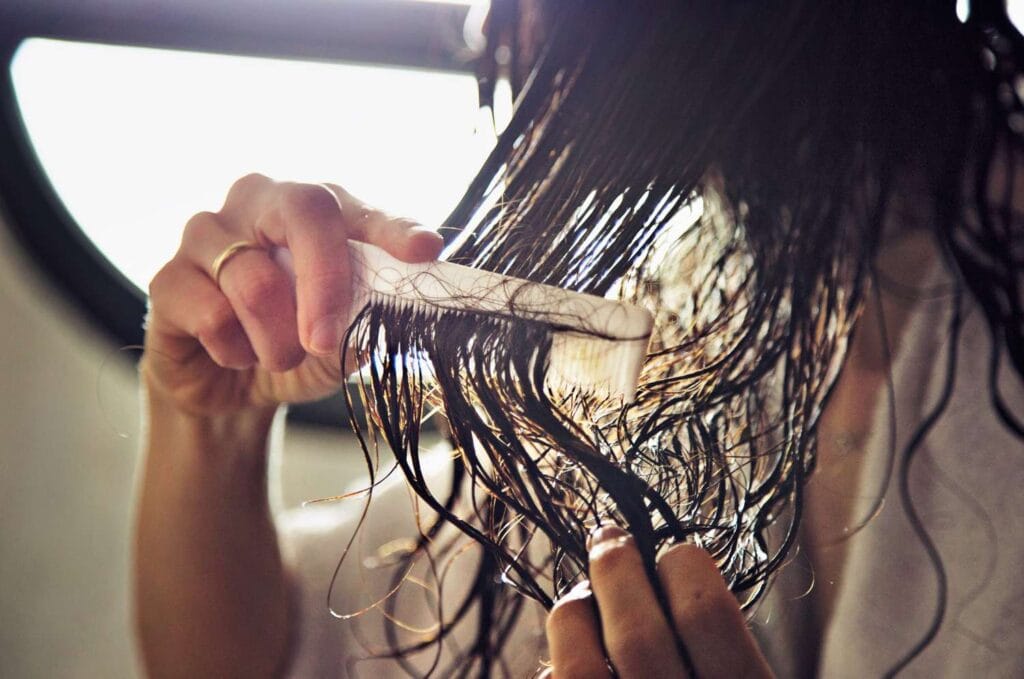
Take a generous amount of conditioner, start applying at the tips, and move upwards toward the roots. Remember to spare your scalp, it does not need a conditioner. Leave on the conditioner for 5 minutes, comb your hair with a wide-toothed comb or detangling brush to detangle, and rinse thoroughly to remove the conditioner. Make sure there are no product residues left behind.
*Note: It’s important to be gentle while detangling to avoid causing damage to your hair. If you encounter any stubborn knots or tangles, avoid forcefully pulling on them. Instead, use your fingers or the comb to gently tease the hair apart. Applying a bit more conditioner to the tangled area can also help loosen the knot.
Detangle Hair Without Damage #2: Detangling Spray
Detangling hair spray is definitely worth the money. They are convenient products designed to help reduce the tension between the hair while detangling and make the process of detangling hair easier. They typically contain conditioning agents and ingredients that provide slip, making it smoother to comb through knots and tangles.
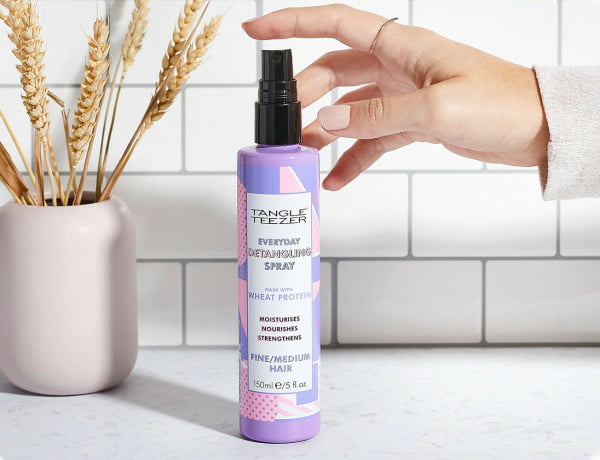
Also, it is a quick fix when you are out and have no time. Detangling sprays can be used on both dry and damp hair. Choose a suitable detangling spray that suits your hair type and needs, shake it, and mist it evenly throughout your hair. Give the detangling spray a few minutes to penetrate your hair and soften the tangles then use a wide-toothed comb or a detangling brush to gently comb through your hair.
Start from the ends and work your way up to the roots, using small sections. Be patient and avoid pulling forcefully to prevent hair breakage.
*Note: Depending on the severity of your tangles, you may need to repeat the process, applying more detangling spray if necessary.
Detangle Hair Without Damage #3: Oils
Mineral oil can be used to effectively detangle the hair. It is a colorless and odorless distillate of petroleum. Mineral oil acts like an antistatic and removes tangles. Make sure that your hair is conditioned just enough, too much residue on the hair hinders the function of mineral oil in removing tangles.
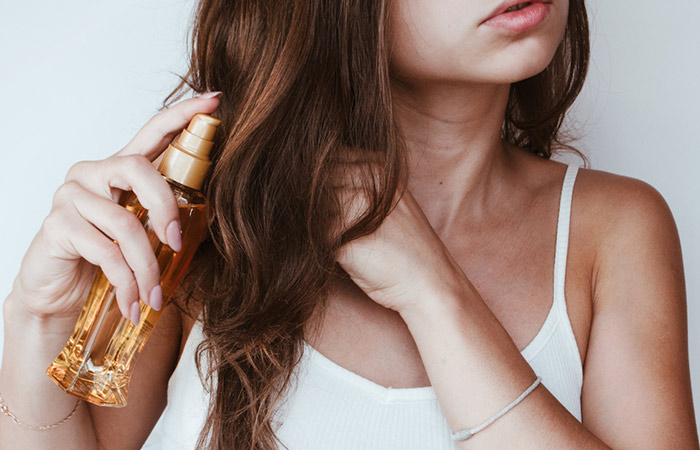
After you detangle your hair, your hair may seem a lot more brittle. Apply a few drops of olive oil and let the oil penetrate your scalp and strands for a good 20 minutes. You can sit under a steamer for this or simply wrap a warm towel on your head.
Oil your hair regularly to avoid dryness. You can use carrier oil like coconut oil, olive oil, castor oil, or sweet almond oil along with essential oils like lavender, tea tree, or rosemary oil.
Detangle Hair Without Damage #4: Hair Masks

If your hair is prone to regular tangles, it may be a sign of dry hair. Use a hair mask packed with moisture to provide your hair with instant hydration. You can choose from a variety of hair masks in the market or make one at home using simple kitchen ingredients like egg, yogurt, honey, and banana.
Read Now: 7 Best DIY Hair Mask To Try At Home
III. Tips To Avoid Tangled Hair
Do's:
- Do brush your hair before washing if you have hair that gets tangled easily.
- Use a little amount of shampoo on the strands when compared to the scalp
- Apply conditioner and comb your hair to detangle and spread out the conditioner evenly. But be gentle because wet hair is more prone to shedding.
- Wear braids as these hairstyles keep the hair in position and avoid tangles.
- Use a scarf or a hat on windy days to make sure your hair is not all over the place and tangled.
- Get your hair trimmed every 4-6 weeks. Split ends cause tangles, making your hair look damaged and dry.
Don'ts:
- Don’t rub your hair with a towel as it can cause tangled hair. Use a soft cotton T-shirt to dry your hair.
- Don’t sleep with open hair. Consider a gentle updo.
- Don’t sleep on a cotton pillowcase. Switch to silk pillowcases and avoid knotty hair the morning after.
- Avoid products that produce heat as they lead to hair damage. Hair damage obviously means more tangles.
- Overusing shampoo to create more lather should be avoided as more foam doesn’t necessarily mean more efficient cleaning. It does more harm than good.
IV. Wrapping up Up
In conclusion, detangling your hair can be a daunting task, but it doesn’t have to result in damage or breakage. By following the right techniques and using the proper tools, you can effectively detangle your hair while keeping it healthy and strong. We hope that you no longer lose your mind over tangled hair and follow our simple tips for using conditioners, oils, and wide-toothed combs the right way. Most importantly, be gentle with your hair.


 BEST SELLING PRODUCTS
BEST SELLING PRODUCTS Wig Hair
Wig Hair WHOLESALE
WHOLESALE Contact us
Contact us Sale Events
Sale Events